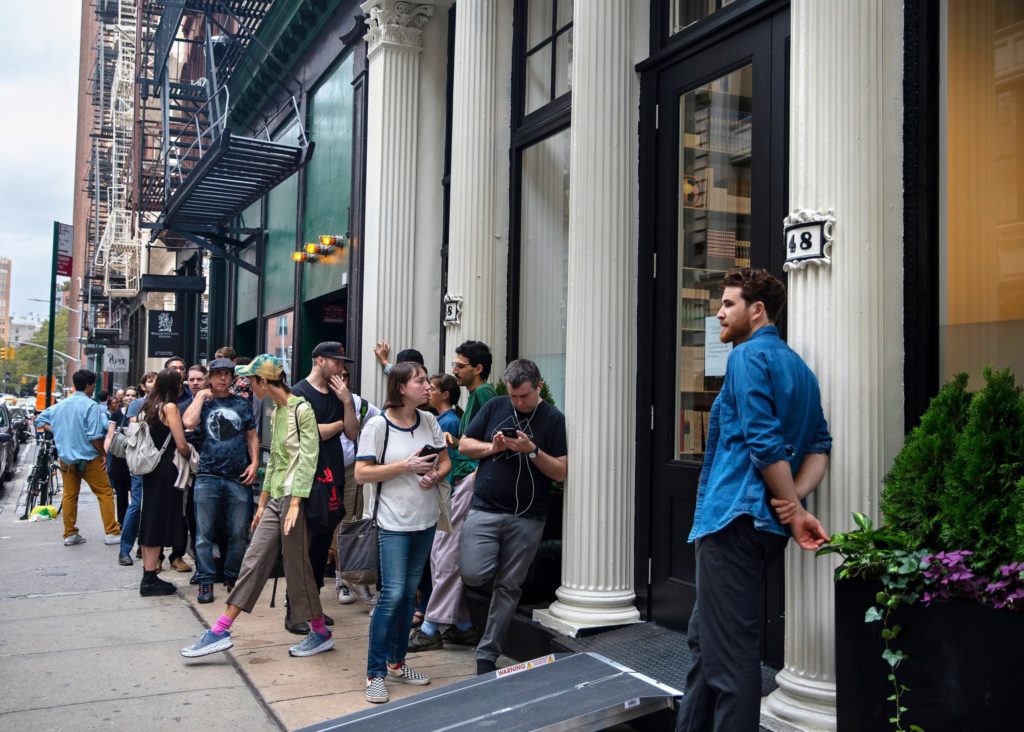TriBeCa, the New Art Stroll
With the decline of retail, storefronts in the Triangle Below Canal Street are filling with galleries — it’s New York City’s most unlikely new art scene.
Calla Kessler/The New York Times
By
When the artists started moving in, five decades ago, TriBeCa was a winsome village of empty warehouses and forsaken loading docks. A few artists, like my own sculptor father, are still in their lofts, making work. But the neighborhood has long since transformed into a bustling hive of boutique hotels and high-priced condos. So it’s strange, and a little magical, to see it suddenly filling up with galleries — with three more opening in just the last two weeks and about a dozen participating in last week’s Tribeca Gallery Walk, a biannual tour experience and mini-festival founded by the art fair Independent New York.
Andrew Kreps and James Cohan have just moved down from Chelsea, joining the earlier transplants Bortolami, Alexander and Bonin and Postmasters, with PPOW scheduled to follow in the spring. Canada and the newcomer Denny Dimin have moved from the Lower East Side, along with Kerry Schuss, returning to his original Leonard Street location.
Ales Ortuzar is introducing New Yorkers to artists who’ve made impacts in other parts of the world at Ortuzar Projects on White Street, and the Journal Gallery, formerly based in Williamsburg, Brooklyn, has been mounting a new show every week just down the block. Kaufmann Repetto of Milan, in partnership with Kreps and Bortolami, is now operating a space on Walker Street, and the tiny independents Page and Queer Thoughts are running consistently interesting programming out of a couple of office buildings on Broadway.
Rent hikes in Chelsea are one reason for the migration. Online shopping is another. The decline of in-person retail has left the Triangle Below Canal Street studded with expansive storefronts that are often cheaper, per square foot, than elsewhere in Manhattan. But as Lucas Page, of Page gallery, puts it, the neighborhood is also a “sweet spot,” with a “rich history of art” and subway trains “feeding from every borough.” And unlike Chelsea, which sprawls to the far West Side, Andrew Kreps says, TriBeCa “feels like it’s part of the city.”

 Visitors waiting to be admitted into James Cohan, which is showing “Observations at Night,” an exhibition of new work by Josiah McElheny. The gallery hosted performances by the Sun Ra Arkestra, part of a performance series curated by Blank Forms, during the Tribeca Gallery Walk on Saturday.
Visitors waiting to be admitted into James Cohan, which is showing “Observations at Night,” an exhibition of new work by Josiah McElheny. The gallery hosted performances by the Sun Ra Arkestra, part of a performance series curated by Blank Forms, during the Tribeca Gallery Walk on Saturday.